The advantage of the Peripherally Inserted Central Venous Catheter (PICC) is to avoid vascular injury caused by long-term intravenous infusion and poor venous conditions or excessive drug concentration, reduce the pain caused by repeated puncture patients, and provide patients with a safe and fast intravenous infusion channel.
A PICC dislodgement is when a portion of the guide catheter or the entire catheter slips completely out of the vessel in which it was placed.
When Can PICC Be Removed?
● When not needed
● When the patient is discharged from the hospital after recovery
● When there is leakage or breakage of PICC
● When there is a suspicion of infection
● Accidental slippage of the PICC
.png)
Peripherally Inserted Central Venous Vatheter (PICC)
What Are the Causes of Accidental Picc Dislodgement?
1. Improper selection of catheter puncture site
The puncture point should not be chosen close to the elbow joint. When the arm is flexed and extended, the applicator will be loosened and the catheter will not be fixed firmly and the PICC will be dislodged.
2. Improper fixing method
The exposed part of the catheter is not fixed firmly, or the exposed PICC is not fixed in the Dressingtie, which is easily pulled by external force and causes the catheter to prolapse.
3. The application film is not fixed properly
The dressing film is loosened and not replaced in time. If the patient is bleeding and oozing at the puncture site, it can cause the dressing to loosen or fall off, and the catheter will be easily dislodged.
4. Lack of self-maintenance awareness
For children or elderly patients, if the PICC maintenance content is not well understood or the instructions of the medical staff are not strictly followed, the risk of accidental catheter prolapse will also be greatly increased.
What Are the Responsibilities of PICC Patients?
Check the PICC site for any problems such as pain, redness, leaking or tightness, and swelling.
If the patient is uncomfortable or has a problem, contact the treating facility and immediately report anything that is inconsistent with the PICC.
The key to preventing unintentional PICC catheter dislodgement is to identify the cause and make targeted improvements. To avoid unintended PICC dislodgement, it is necessary to choose the puncture site wisely, secure the catheter properly, and know what actions should not be performed.

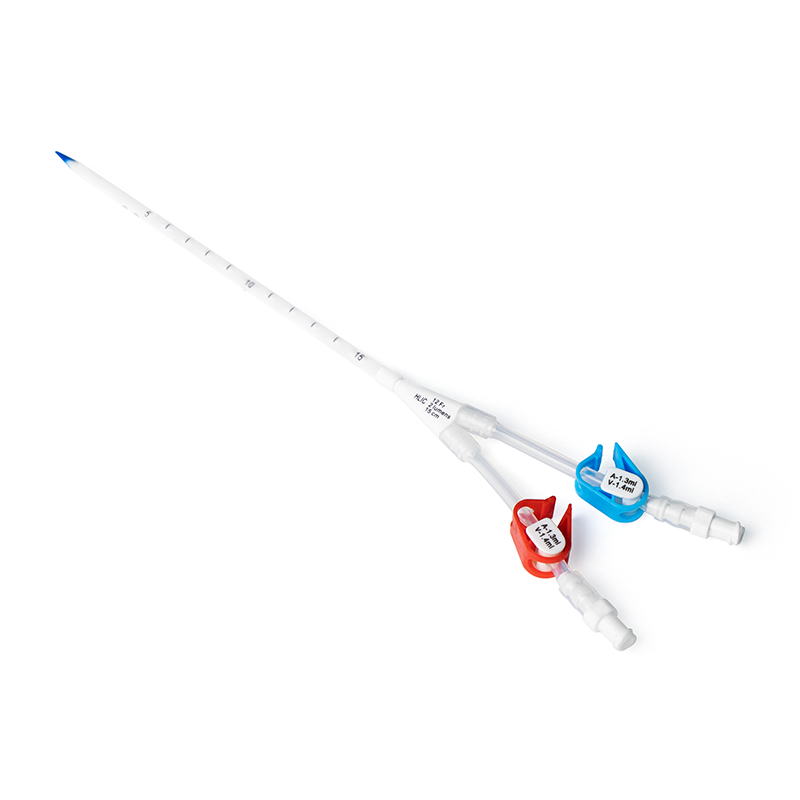
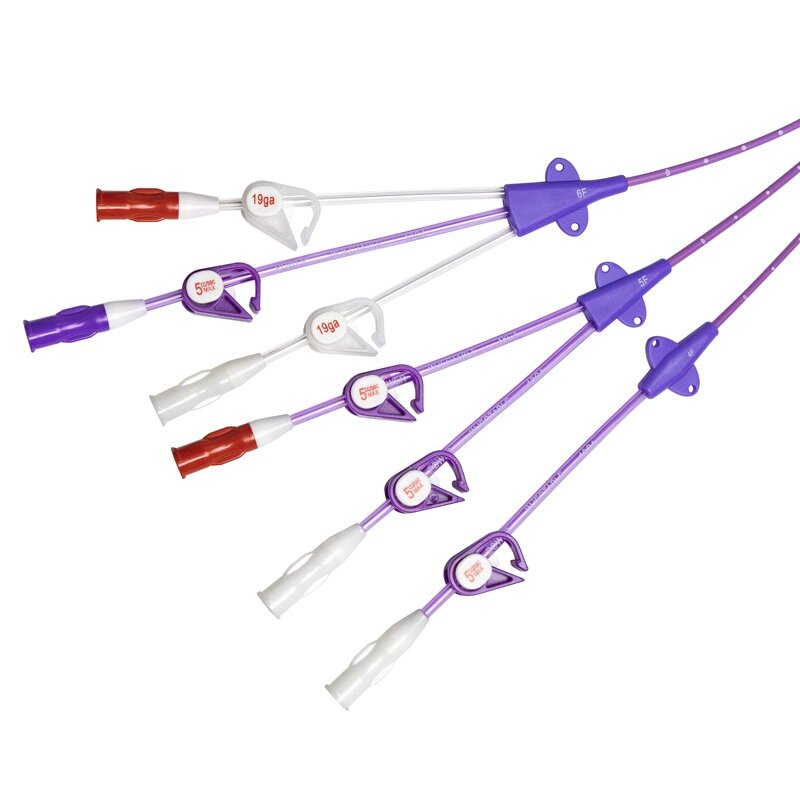
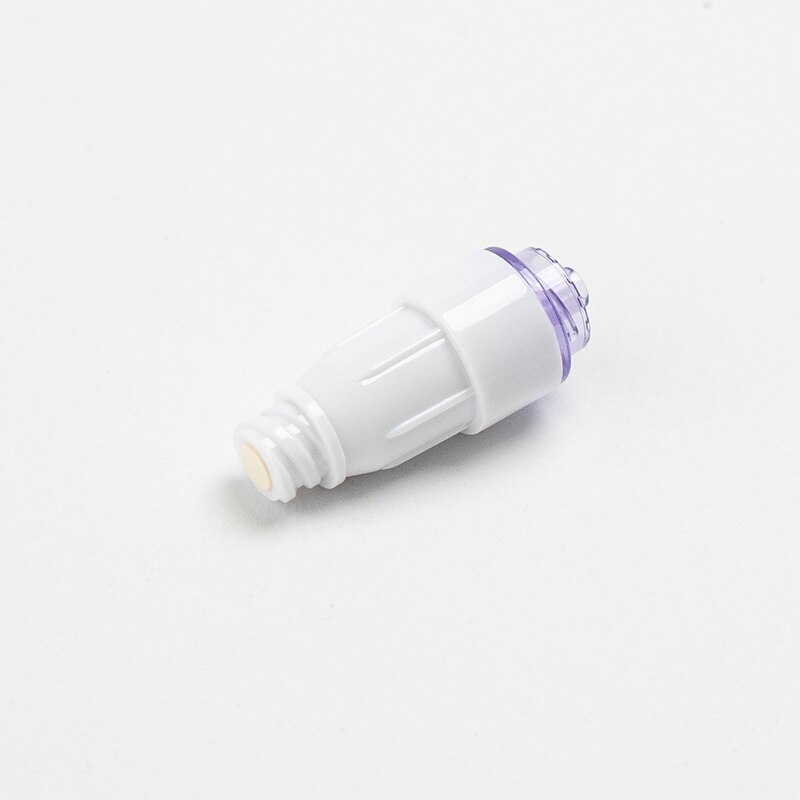
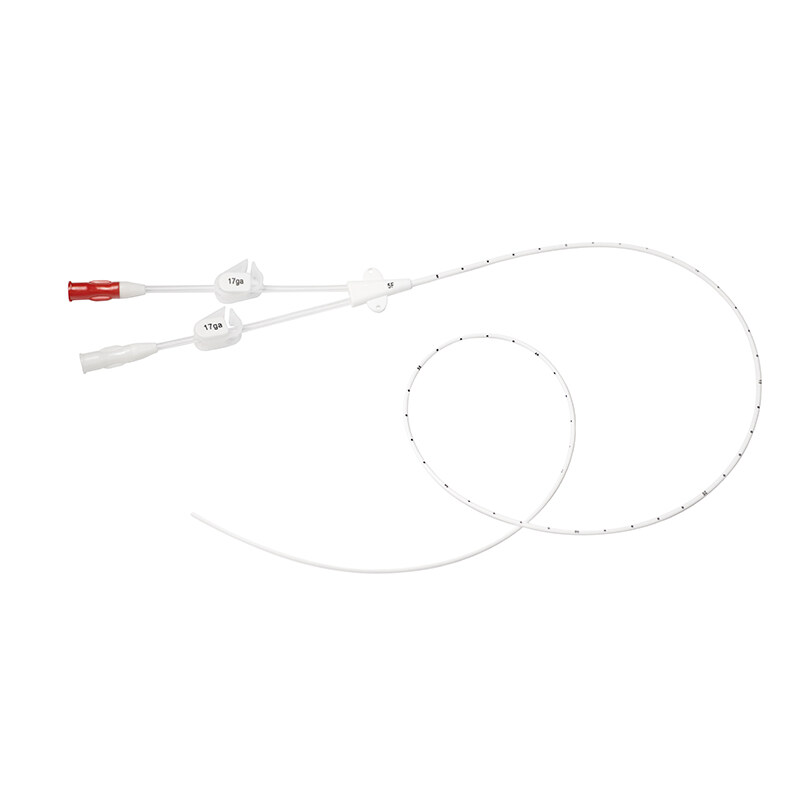
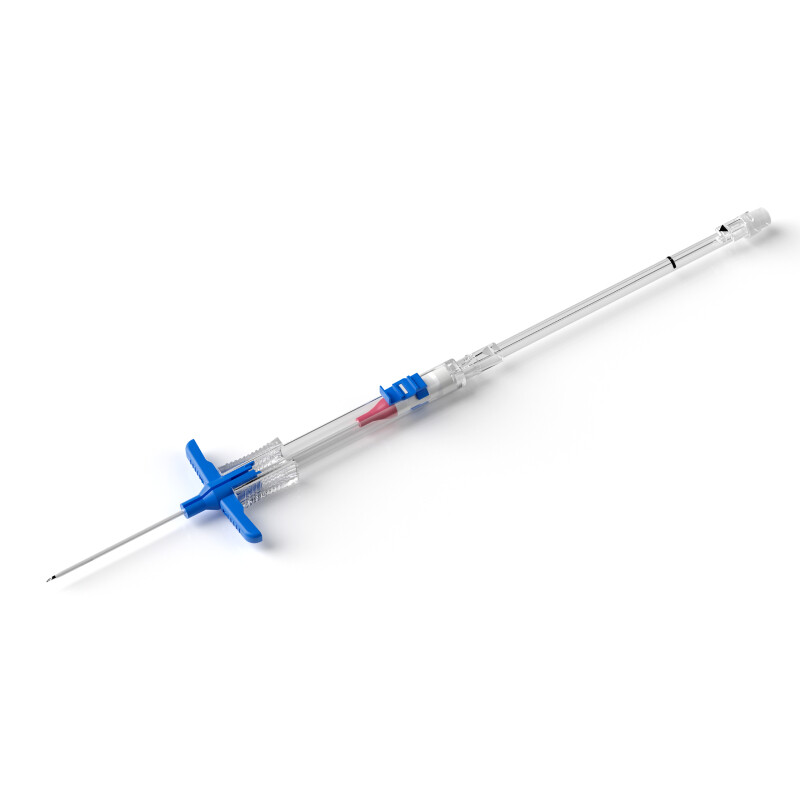
.png)